This image shows stages in the evolution of Ganymede.
Evolution of Ganymede
This is probably what happened to Ganymede after it formed:
- it warmed up from inside, which caused the inside to separate
- the interior of Ganymede began to cool off
- there was a late episode of further warming and volcanism, somewhat like case of Mars, which created the grooved terrain.
You might also be interested in:
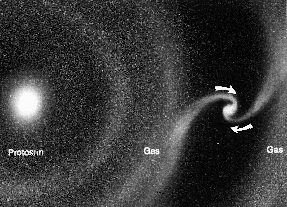
As shown in this picture, while they were forming in the solar nebula, the core of the planets-to-be drew material to themselves from the cloud of gas and dust around them. The bigger planets-to-be were
...more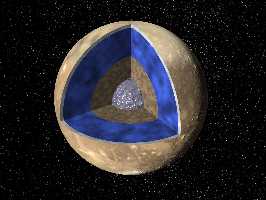
Differentiation is a scientific term which really means "to separate". In their earliest history, elements which made the planets would part into separate regions, if the planet were warm enough. This
...more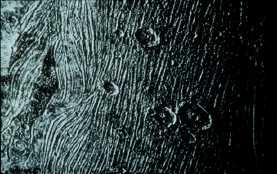
This image shows an example of the grooved terrain of Ganymede. The image clearly shows that some things hit Ganymede and made craters after the grooves were created, because the grooves are underneath
...more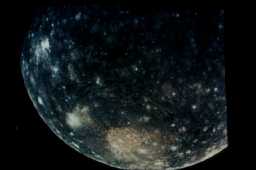
Measurements by the Galileo spacecraft have been shown that Callisto is the same inside from the center to the surface. This means that Callisto does not have a core at the center. This means that, unlike
...more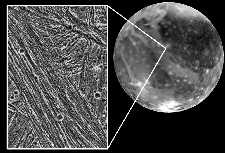
Instead of icy-volcanism, the surface of Ganymede reveals a gradual surface stretching which is similar to the crustal stretching of the Earth. In this case, the folding and stretching of the crust of
...more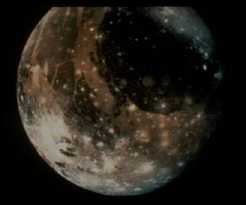
The surface of Ganymede is halfway between Callisto and Europa. There are portions of the surface of Ganymede that have many craters, like Callisto and there are portions which are relatively new, and
...more
Amalthea was discovered by E Barnard in 1872. Of the 17 moons it is the 3rd closest to Jupiter. Amalthea is about the size of a county or small state. Amalthea is named after the goat in Greek mythology
...more















